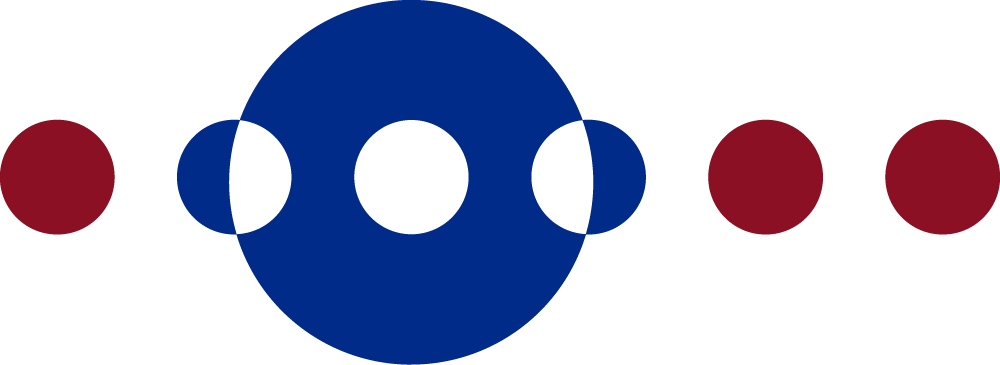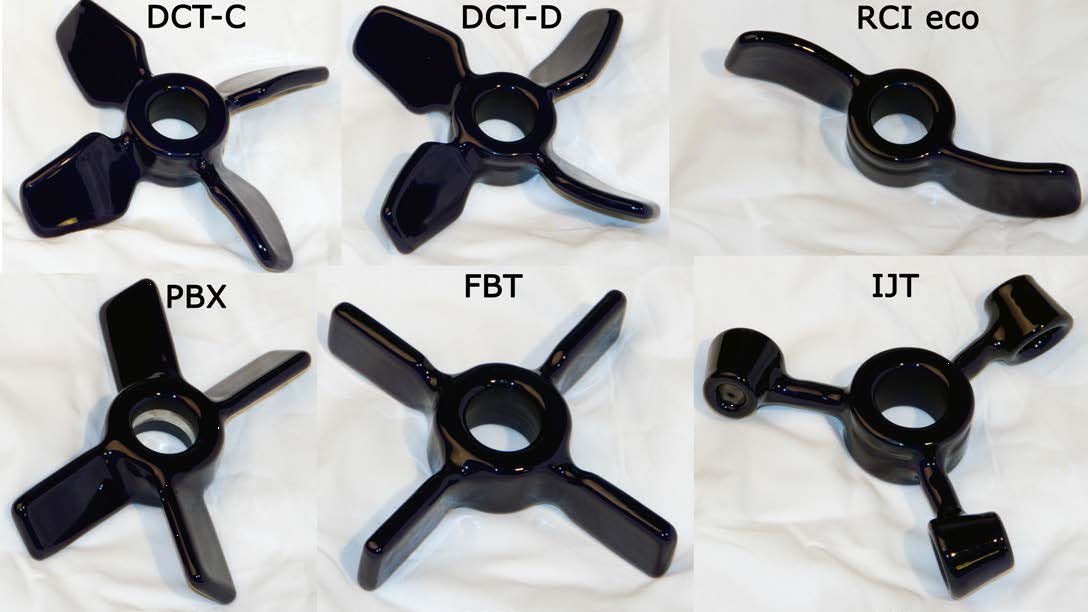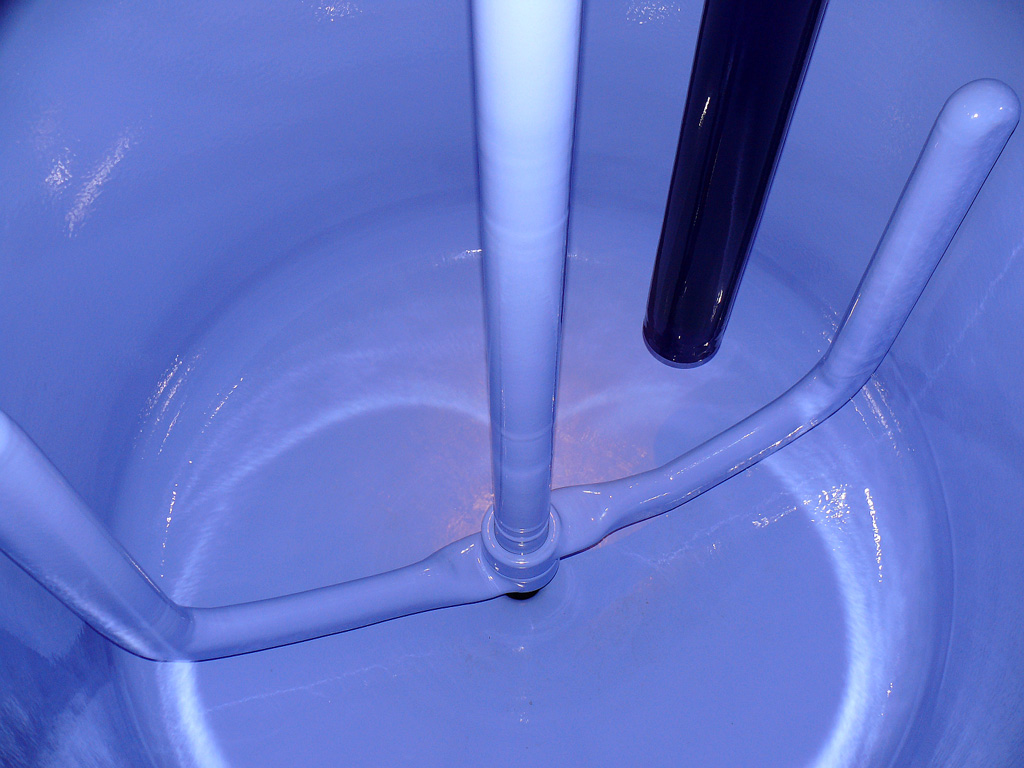THALETEC stirring technology - easy to understand
Everybody has stirred something in their life, be it morning coffee or soup on the stove. When doing so, we try to ensure good mixing or not to let anything burn.
More scientifically, stirring is the process by which a liquid is set in motion using mechanical power. This ensures that the liquid is thoroughly mixed or homogenised. Other goals could be to improve mass transfer, heat transfer or the state of dispersion.
All these activities depend on many material properties and the construction of the stirring equipment. This article is intended to show which stirring aspects should be taken into account when selecting your glass-lined apparatus, irrespective of the material properties.
Power input:
The magic word for many processes is ‘power input’. This describes how much of the mechanical power used gets into the process. It is determined by the agitating element (type and size) and the rotational speed.
P = Ne * p * N3 * d5
Power = Newton number * Density * Rotational Speed3 * Agitator diameter5
The above formula shows, which influences are particularly great here. The dimensionless key indicator, the so-called Newton number (also called Power Number) (Ne), varies from stirrer to stirrer and is even dependent on material properties. The density of the liquid to be stirred is also important. The decisive influences here, however, are the rotational speed, which with the third power and the diameter of the agitating element, which even with the fifth power, enters into the power input.
Newton number (Power Number):
The Newton number is a dimensionless parameter determined for each stirrer in model tests or by Computational Fluid Dynamics (CFD). This parameter reflects the moment of resistance of the agitating element. For example, a racing car is shaped for high speeds (streamlined) and therefore has a low moment of resistance, unlike a truck which has a very high moment of resistance but travels much slower.
Thus a propeller stirrer has a much lower Newton number than, for example, an anchor stirrer. Both stirrers are therefore used at different viscosities and rotational speeds.
The number of stirrer blades also affects the Newton number. As standard, 2 to 6 stirrer blades are used in steel construction. In glass-lined apparatus engineering, the number of blades on a hub is limited by the glass lining and the type of vessel. Depending on the type of stirrer, however, 2 to 4 blades can here also be mounted on one hub. The angle of attack of the blades is also important here. For a small-scale overview of the various blade numbers, see also Illustration 1.
The stirrers are mounted with liquid nitrogen using the shrink-fit method. The advantage of this variant is that it can be used in all vessel shapes according to DIN 28136 (AE, BE, CE). For example: In the BE vessel type, the largest opening is the manhole. Large agitating elements such as the anchor stirrer can therefore also be mounted over the manhole and used effectively; the lid/pot principle of the AE vessel is not necessarily required (see Illustration 2). This also saves the much larger seal for the upper level.
The Newton number can also be influenced by fittings. These fittings, also called baffles (dark blue cylinder in Illustration 2), convert the tangential movement of the liquid into a directed axial and radial flow. This means that the liquid not only rotates in a circle, but is forced to act in a directed manner. The additional turbulences increase the power input and thus the rotational speed can be reduced if necessary.
Stirrer diameter:
The diameter of the agitating element has the greatest influence on the power input. Large diameters mean substantial power inputs, but this does not mean that the stirrer should always be as large as possible. Each stirrer has its own d/D ratio (stirrer diameter to vessel diameter) in which it works optimally. A rapidly-operating agitating element like the TAF stirrer, comparable to a propeller, is optimal in the range from 0.3 to 0.6. An anchor stirrer is a close to the wall agitating element for high viscosity ranges and is in an optimal range of application with 0.85 to 0.95.
Unlike the variant whereby agitator blades shrink individually, hub-based glass-lined agitating elements can be manufactured in a wide diameter range and also used safely. Attention must only be paid to the critical rotational speed of the agitator shaft.
Rotational speed:
However, the most important process variable is probably rotational speed. As can already be seen in the power calculation, the rotational speed with the third power has a significant influence on the power input. Using a frequency converter, the speed can optionally be either reduced or increased to the speed specified by the vendor. Therefore, by controlling the rotational speed, agitator changes can often be avoided because the power input can be controlled to the required amount.
At higher speeds, however, sufficient reinforcement must be ensured, as otherwise air induction and vortex formation may occur.
| Stirrer type | Diameter(mm) | d/D | Speed(rpm) | spec. Power(kW/m2) |
|---|---|---|---|---|
| TAF | 990 | 0,5 | 100 | 0,33 |
| TAF | 1220 | 0,6 | 100 | 0,94 |
| TAF | 990 | 0,5 | 120 | 0,57 |
| CXU | 835 | 0,42 | 100 | 0,5 |
| CXU | 920 | 0,46 | 100 | 0,81 |
| CXU | 835 | 0,42 | 120 | 1,41 |
Summary:
Many aspects have to be considered when designing your stirred reactor. Is a large slow or small fast stirrer needed? Do you need high power input entry or a gentle process?
As can be seen in the example, the selection of the correct stirrer, diameter or rotational speed can decisively influence the power input. Whether in connection with homogenising , suspending , gassing , polymerisation or improved heat transfer, we are happy to advise you on the choice of stirrer to suit your application.
We also offer workshops in various areas of application related to stirring equipment in order to train you further and demonstrate the possibilities of stirring technology in glass-lined stirred reactors.






